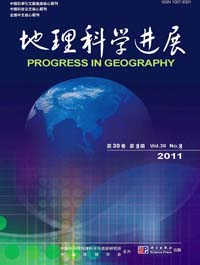Original Articles
DAI Linlin, GAI Shijie
With event and event tourism prevailing in rural areas of China, events no longer just belong to local economic development strategy, but part of regional development strategy. At a regional scale, different host regions vary in natural resources, social economy and traffic locations, along with changeable macroscopic economic policies, leading to an unbalanced development of events in both temporal distribution and spatial distribution which presents transitional and differentiation characteristics. Hence a comprehensive understanding of the space-time characteristics of events and corresponding influential factors will do a great help to the analysis of the evolution rule of spatiotemporal structure of events, as well as to the distribution optimization and resource integration of event and event tourism. Above all, this paper takes Beijing suburbs as a regional case and collects a database from 1980 to 2009 in the ten counties including Tongzhou, Shunyi and Daxing. Based on which, first it presents the inter-annual and intra-annual distribution rules of events through SPSS regression analysis, then divides the development of event and event tourism into three stages: nascent stage, promotion stage and generalization stage, and summarizes the features of the above three stages respectively. Secondly, to probe into the spatial variance of event and event tourism, the paper divides the ten counties into four quadrants by introducing Boston matrix method, and concludes their spatial differential features correspondingly. Further, using the altitude tinting method of GIS, it sums up the three spatial differential features throughout the region: heterogeneity of geographical distribution, non-positive relation between event development level and economic performance, and coordination between geographical distribution of event styles and urban tourism functional areas. Finally, from the perspectives of urbanization level and spatial accessibility, this paper estimates and evaluates the relationships between the above factors and the spatial differential phenomenon. The results indicate that urbanization level has not only a certain relationship with rural event development level, but also an apparent relationship with event frequency, while spatial accessibility is highly related to the rural event development level, and even directly affects the economic benefits of rural tourism. On this basis, combining the experience of rural events application at a regional scale in Beijing suburbs with the above results, it further explains and explores the causes and influential factors of the spatial differential phenomenon.
